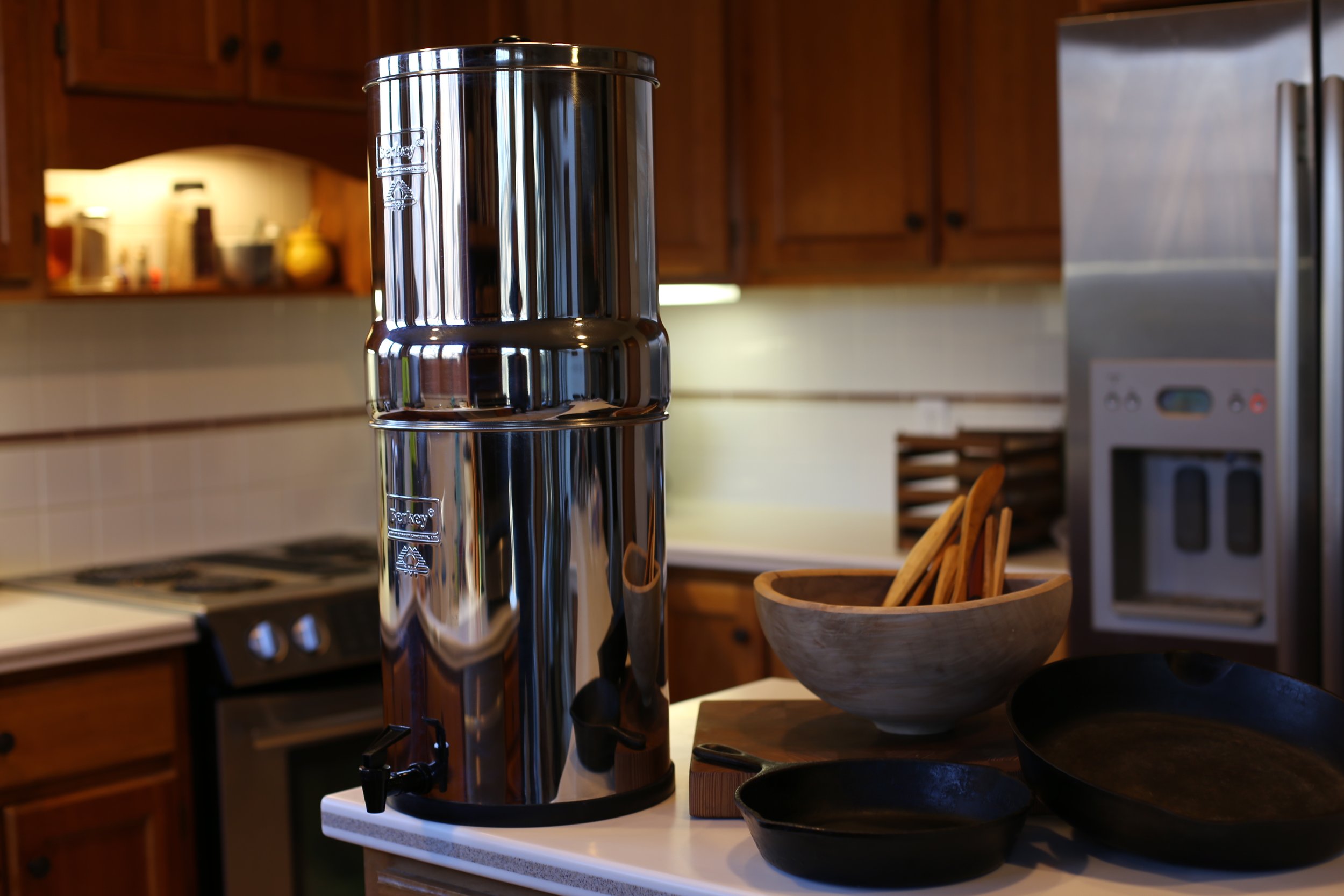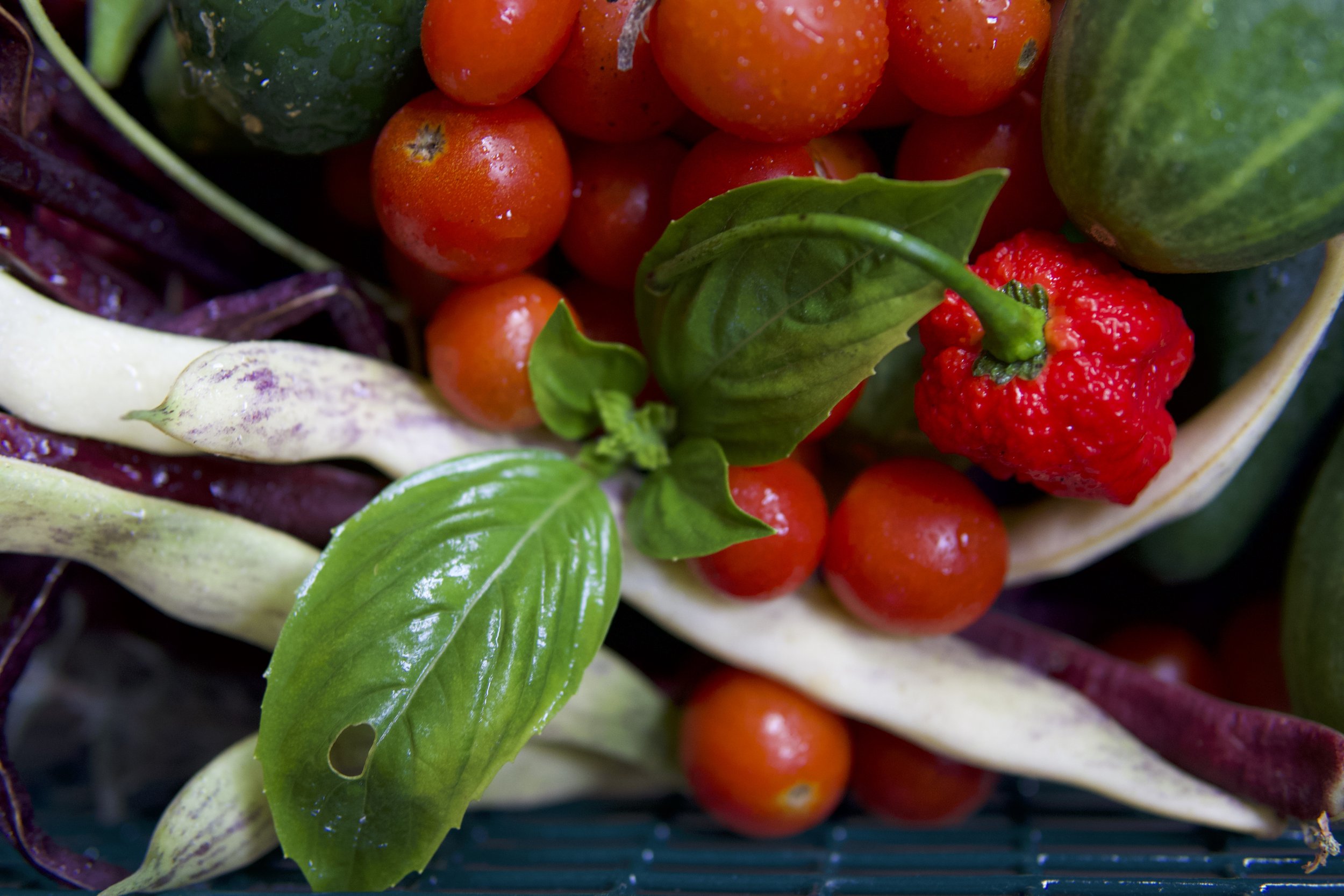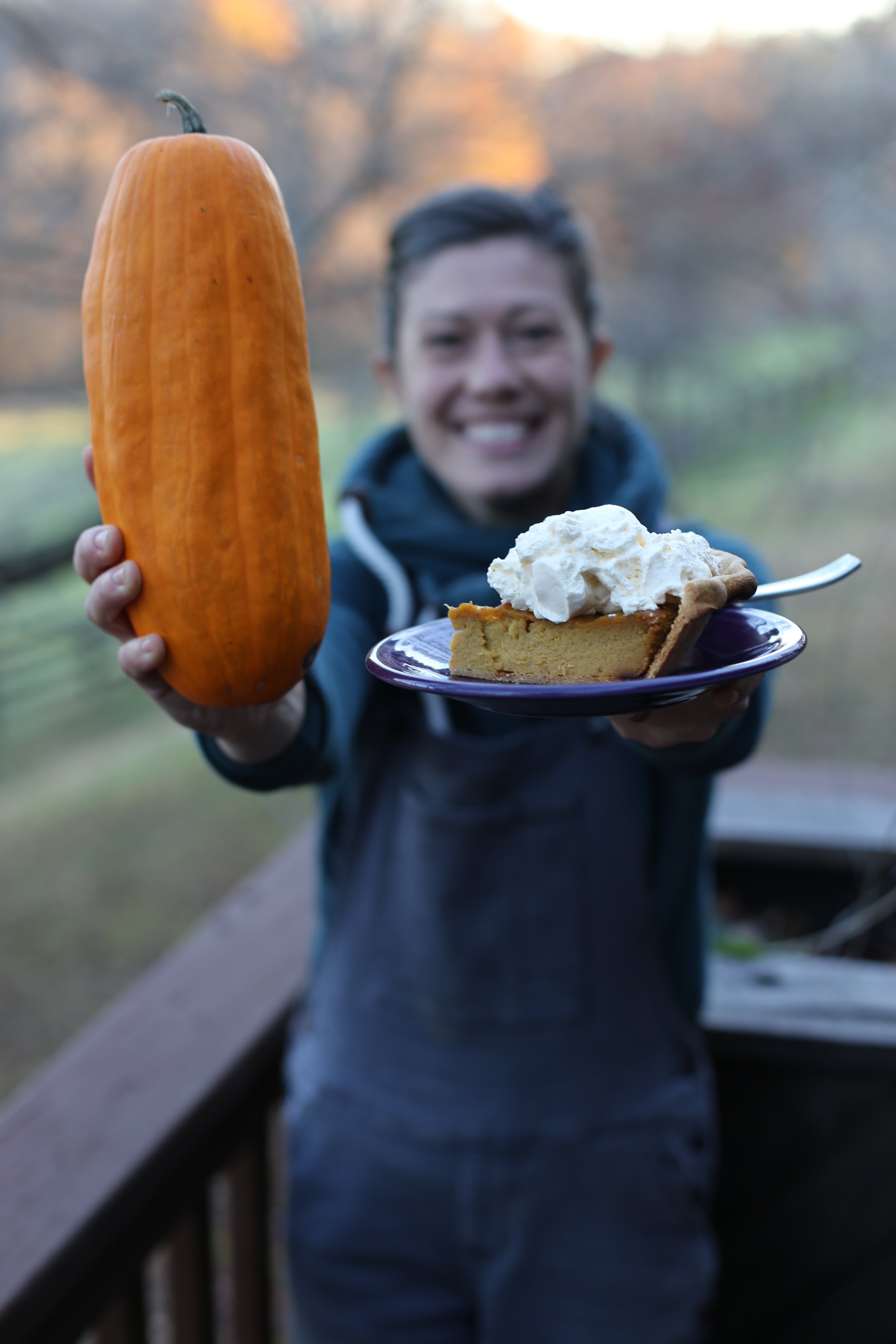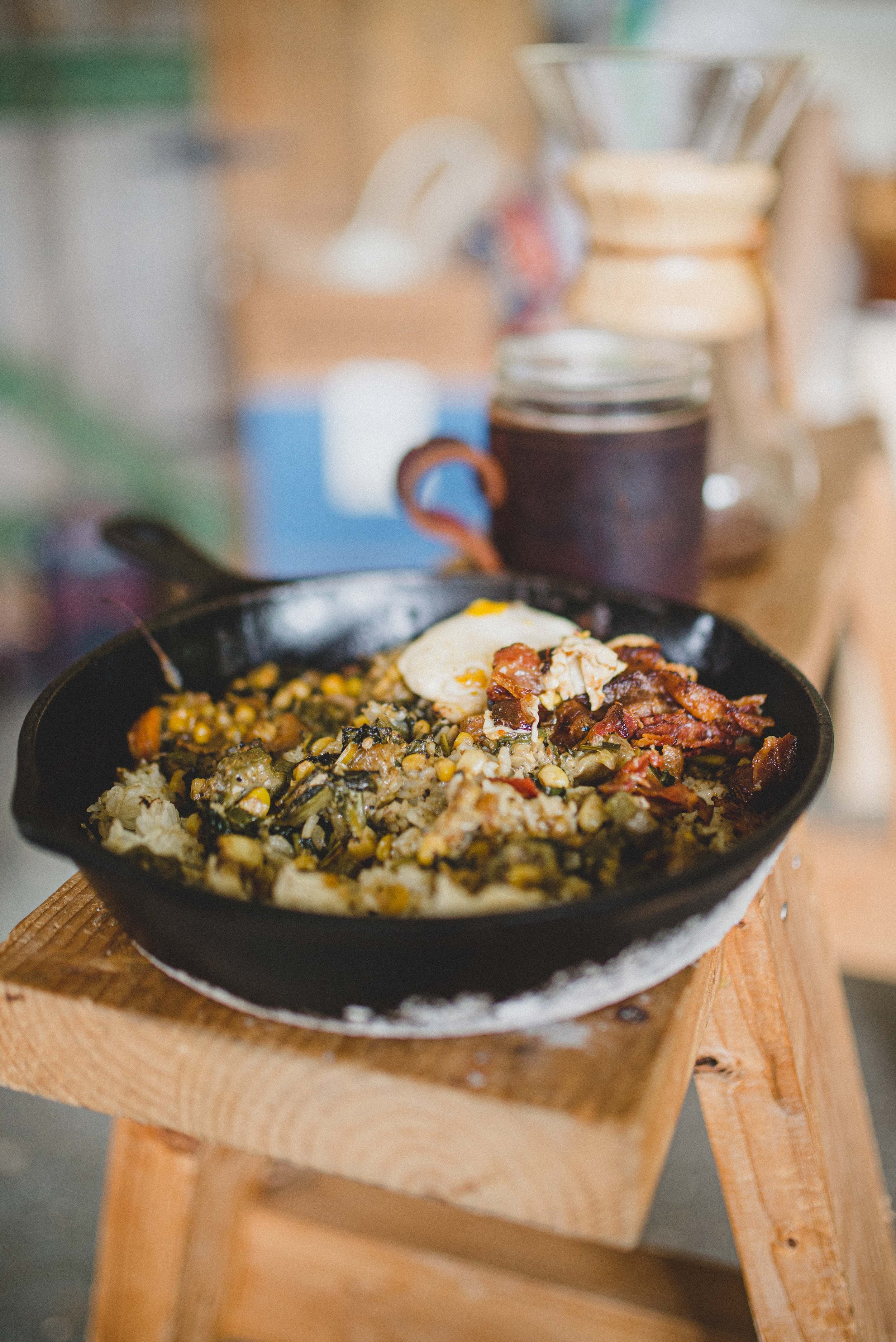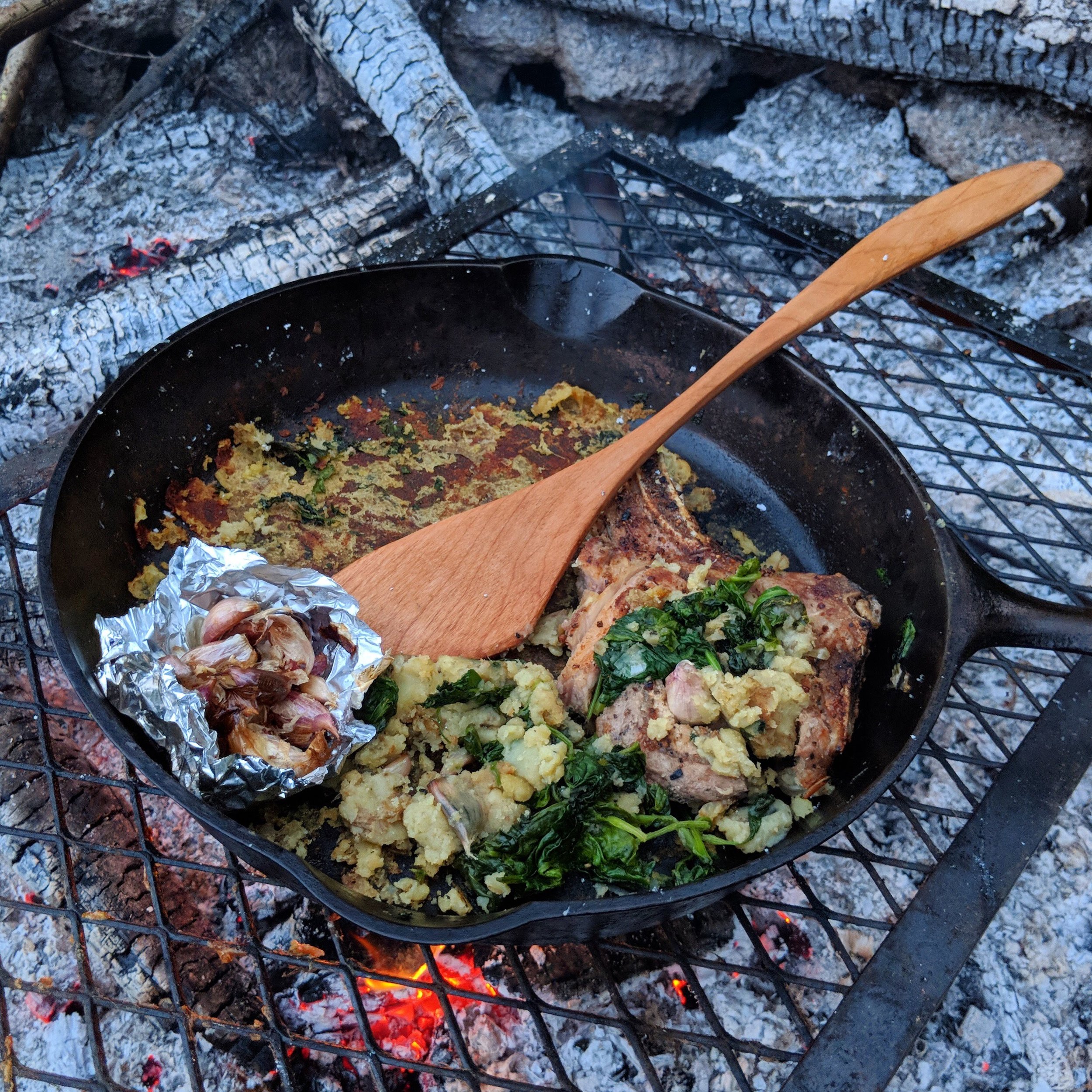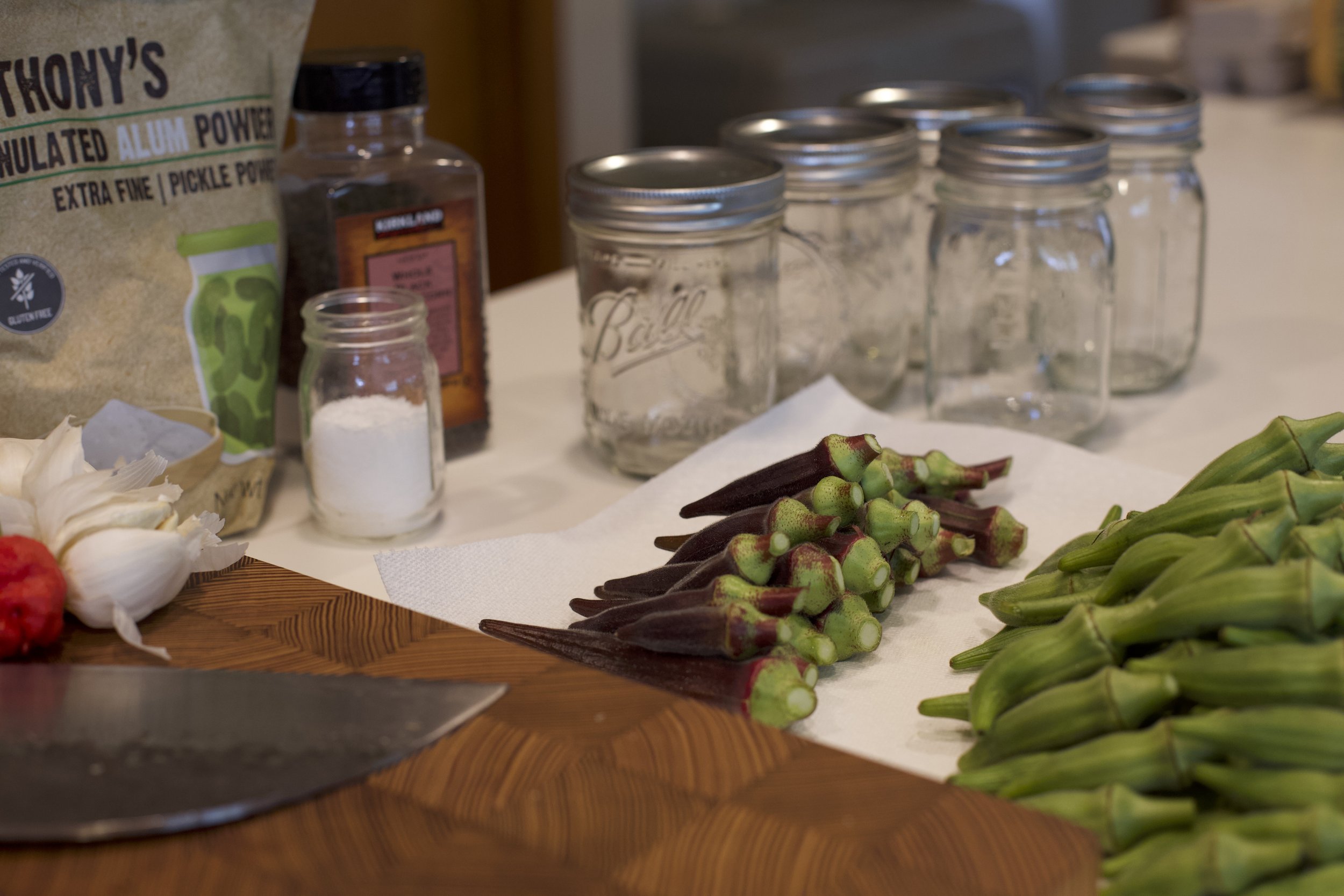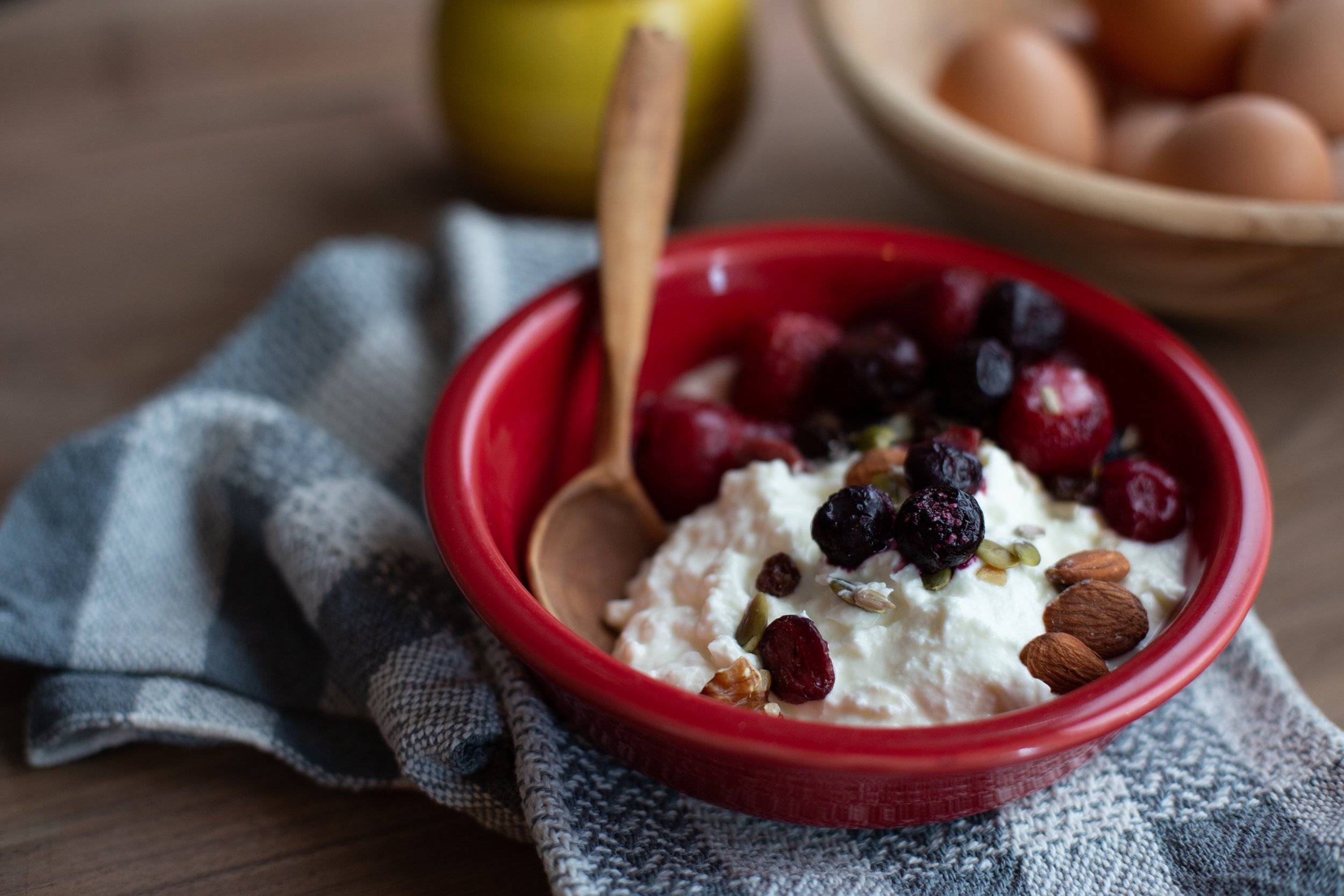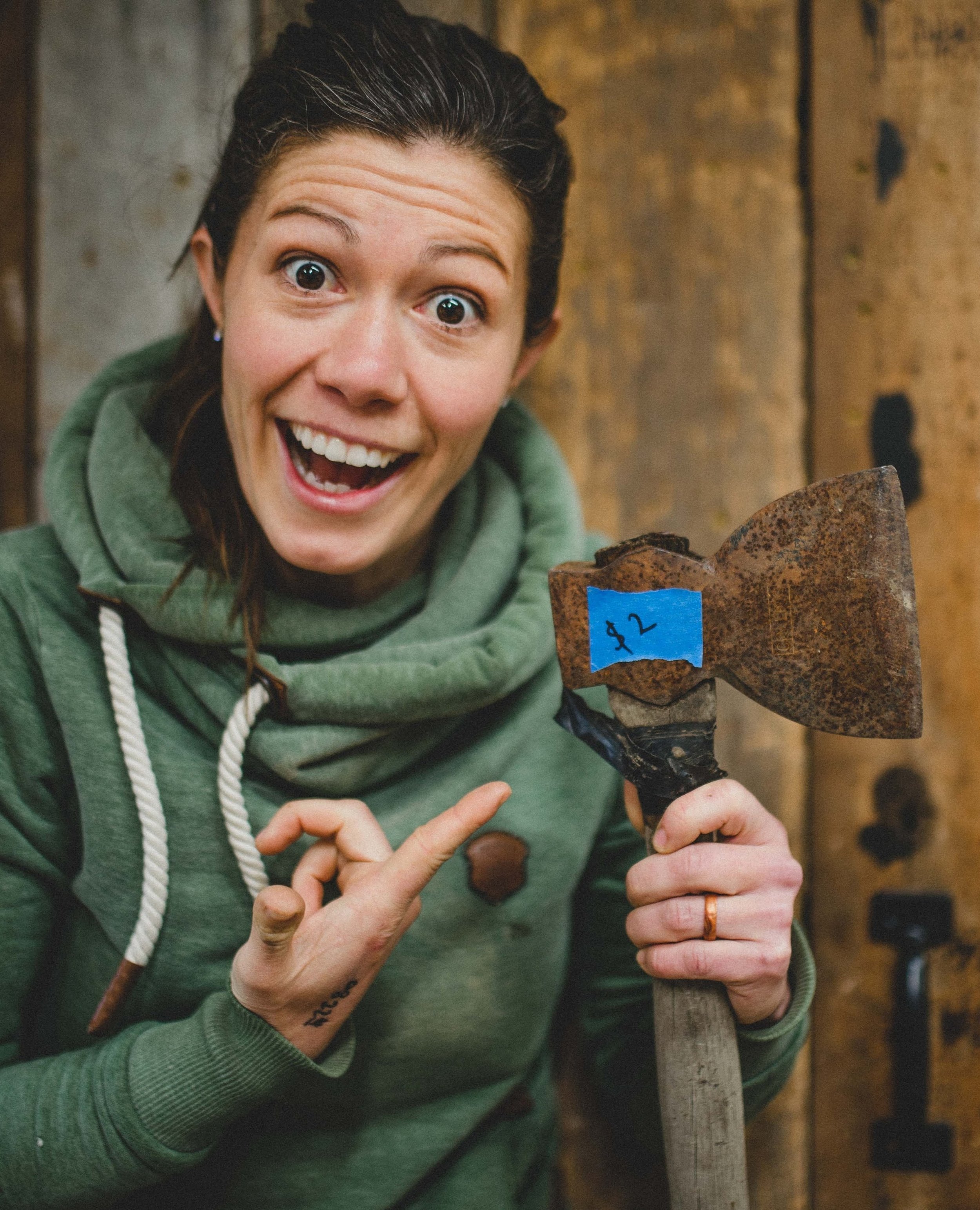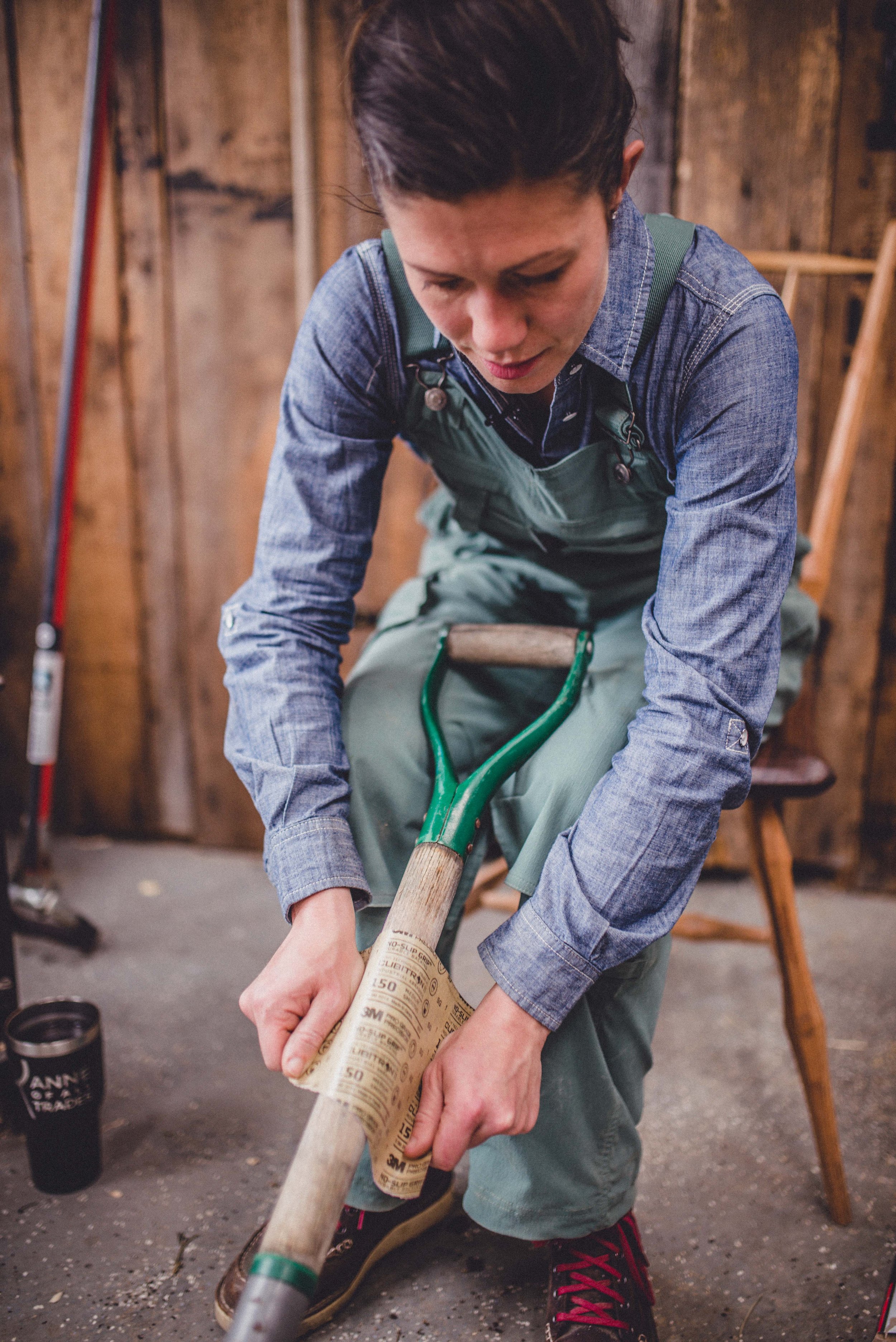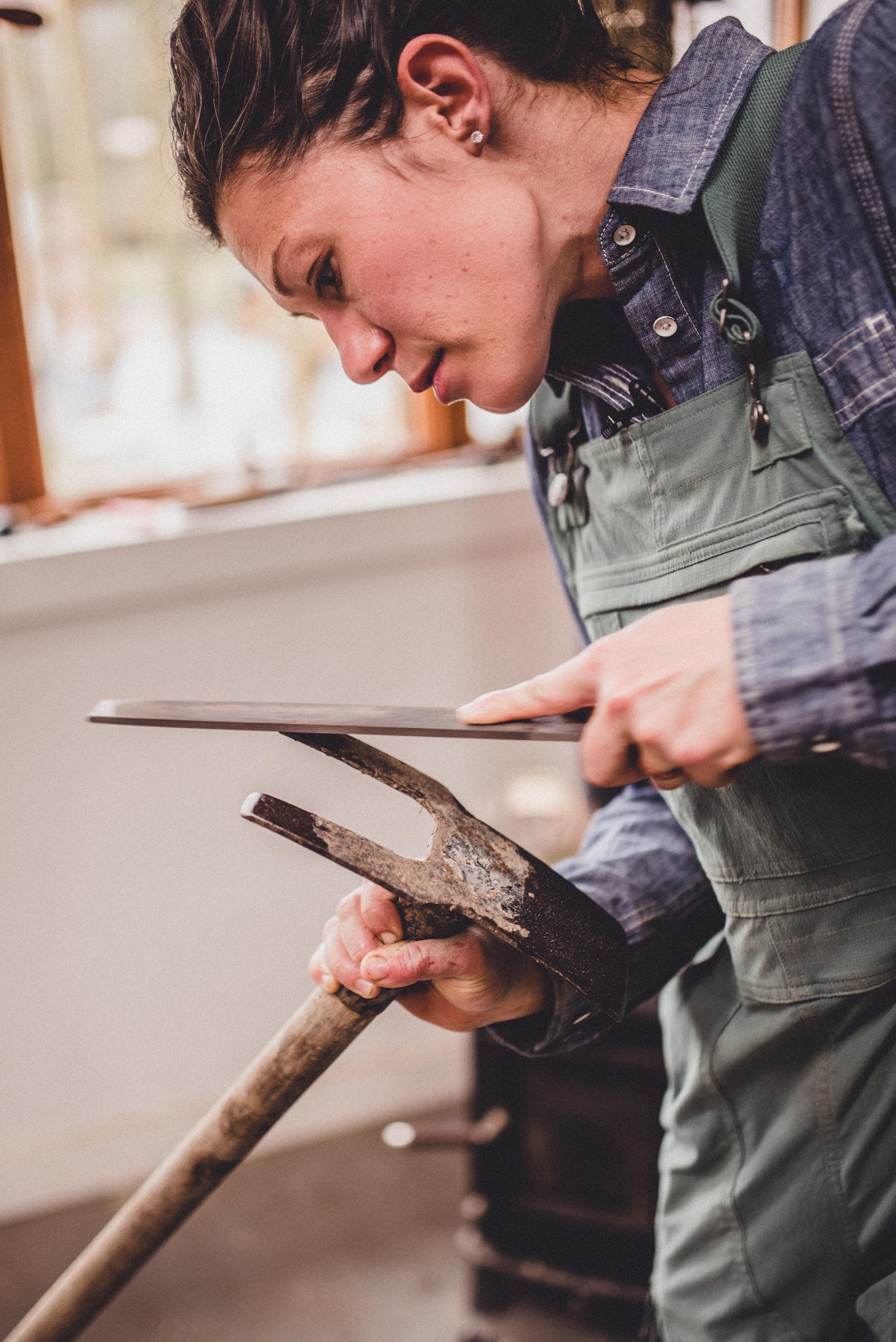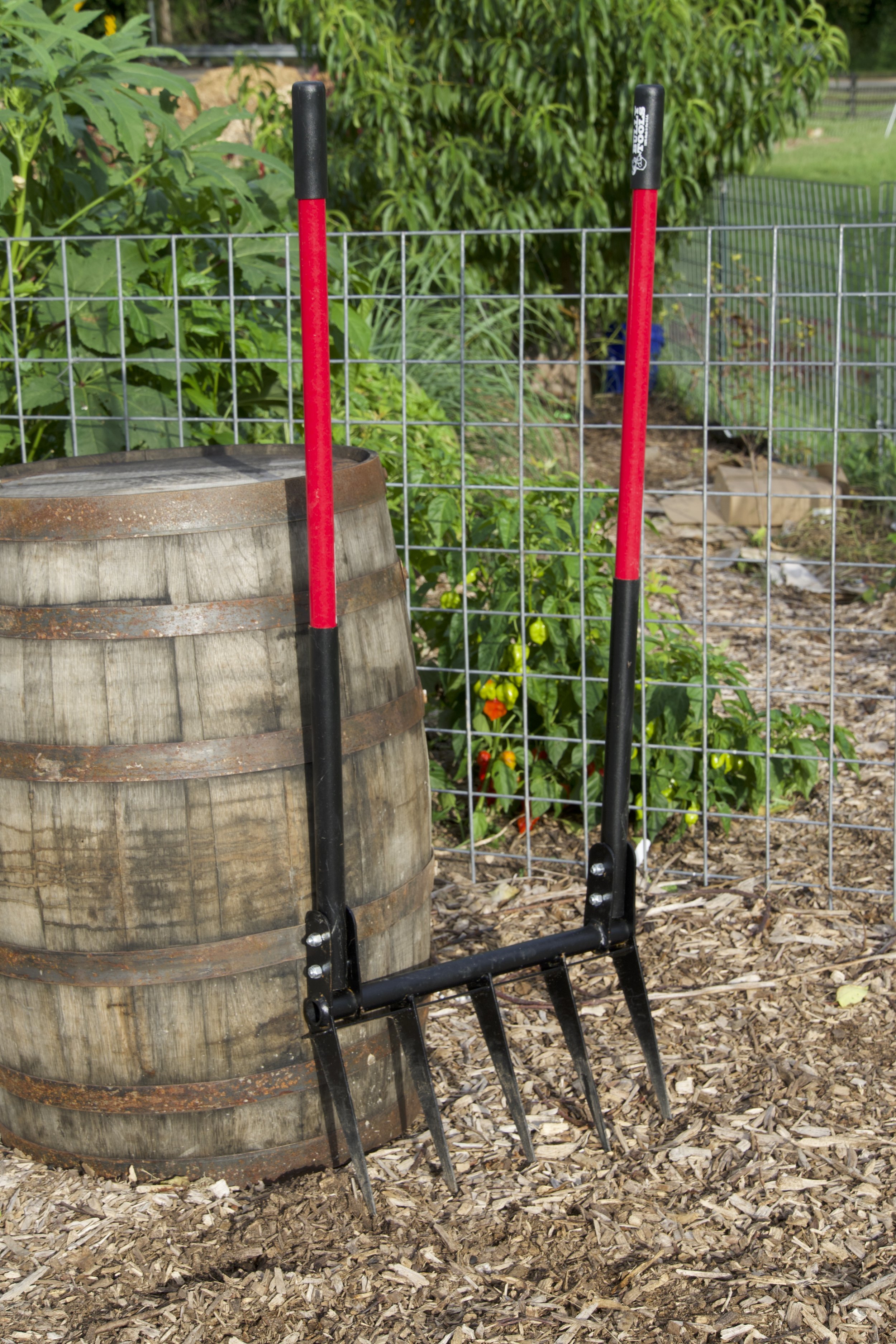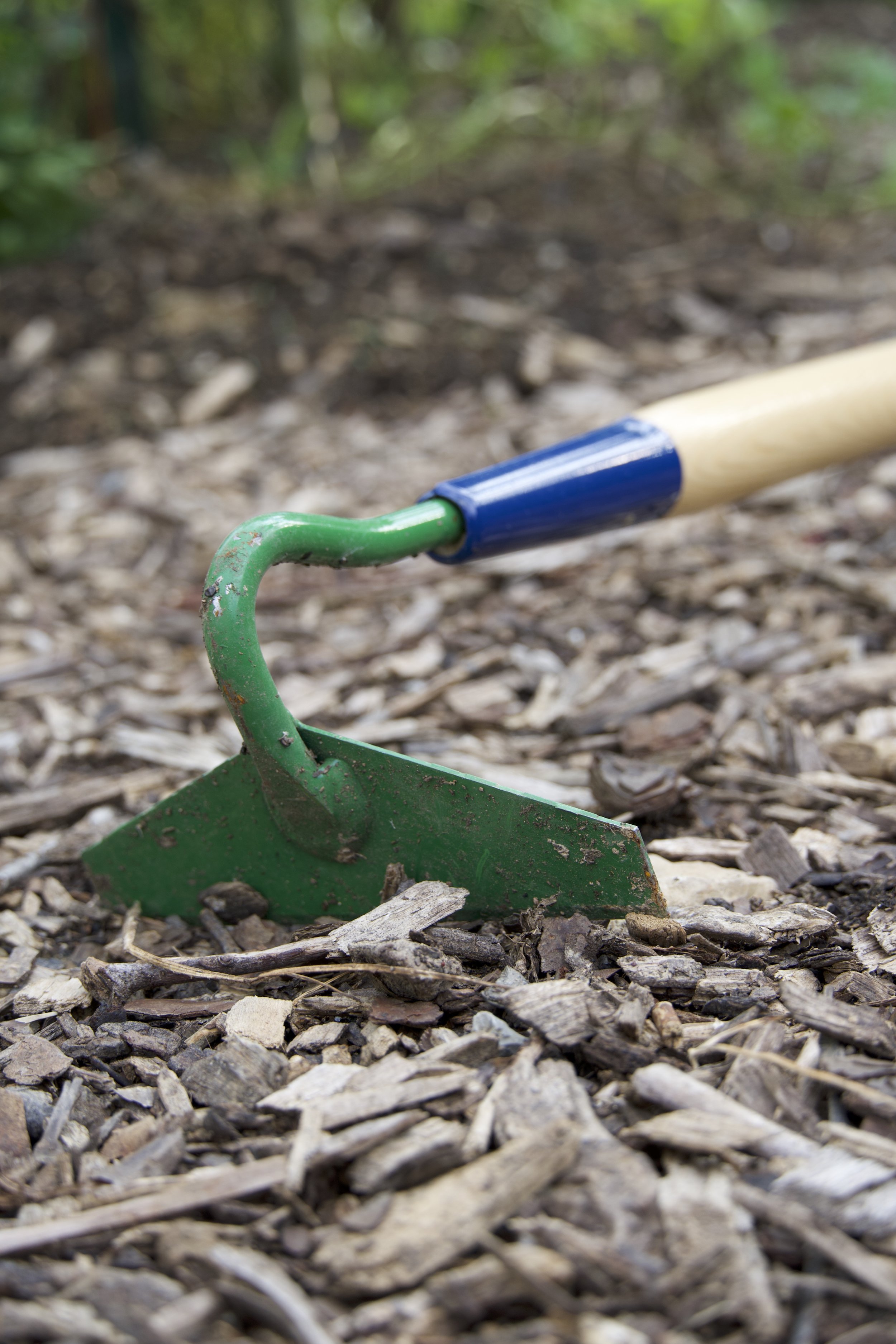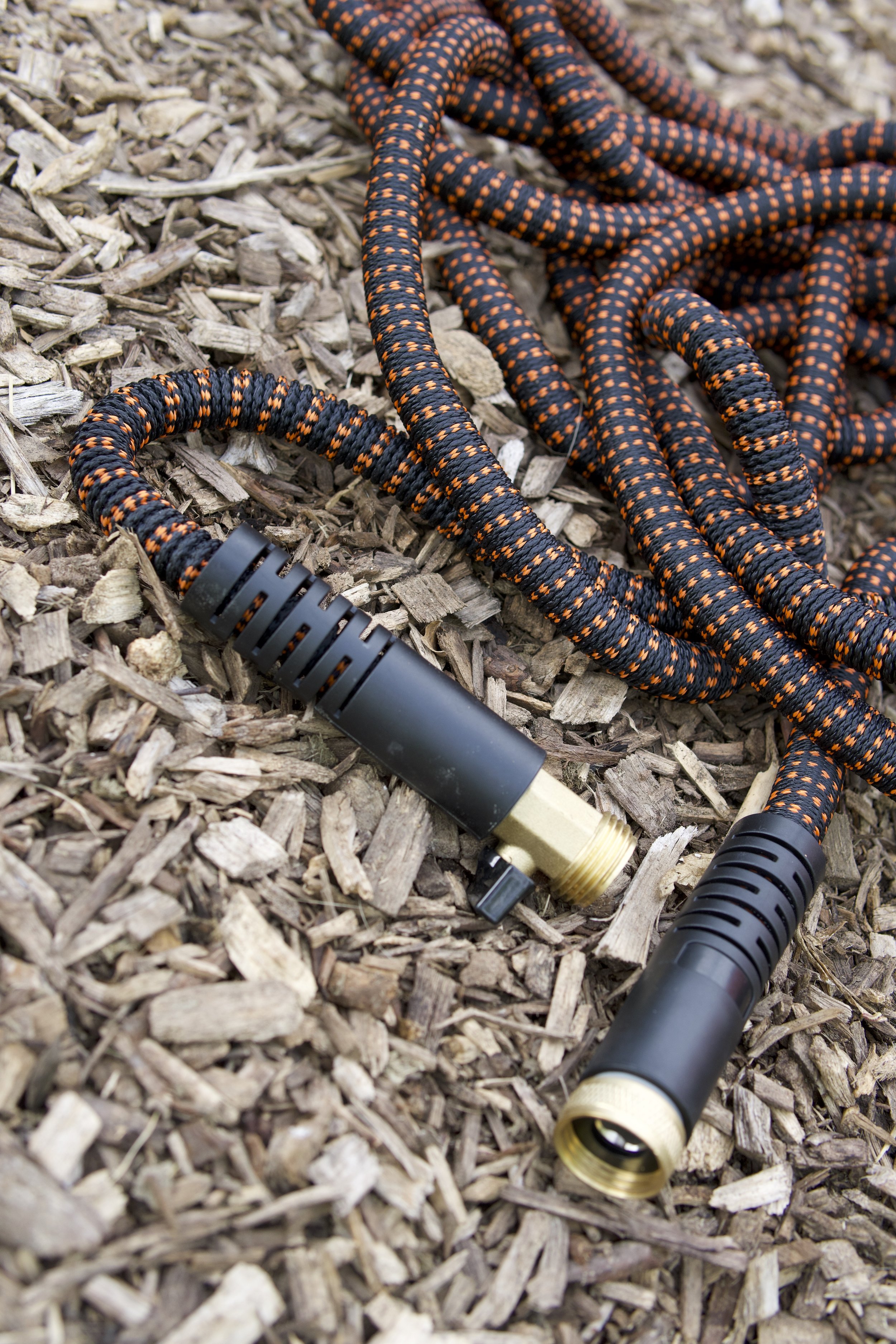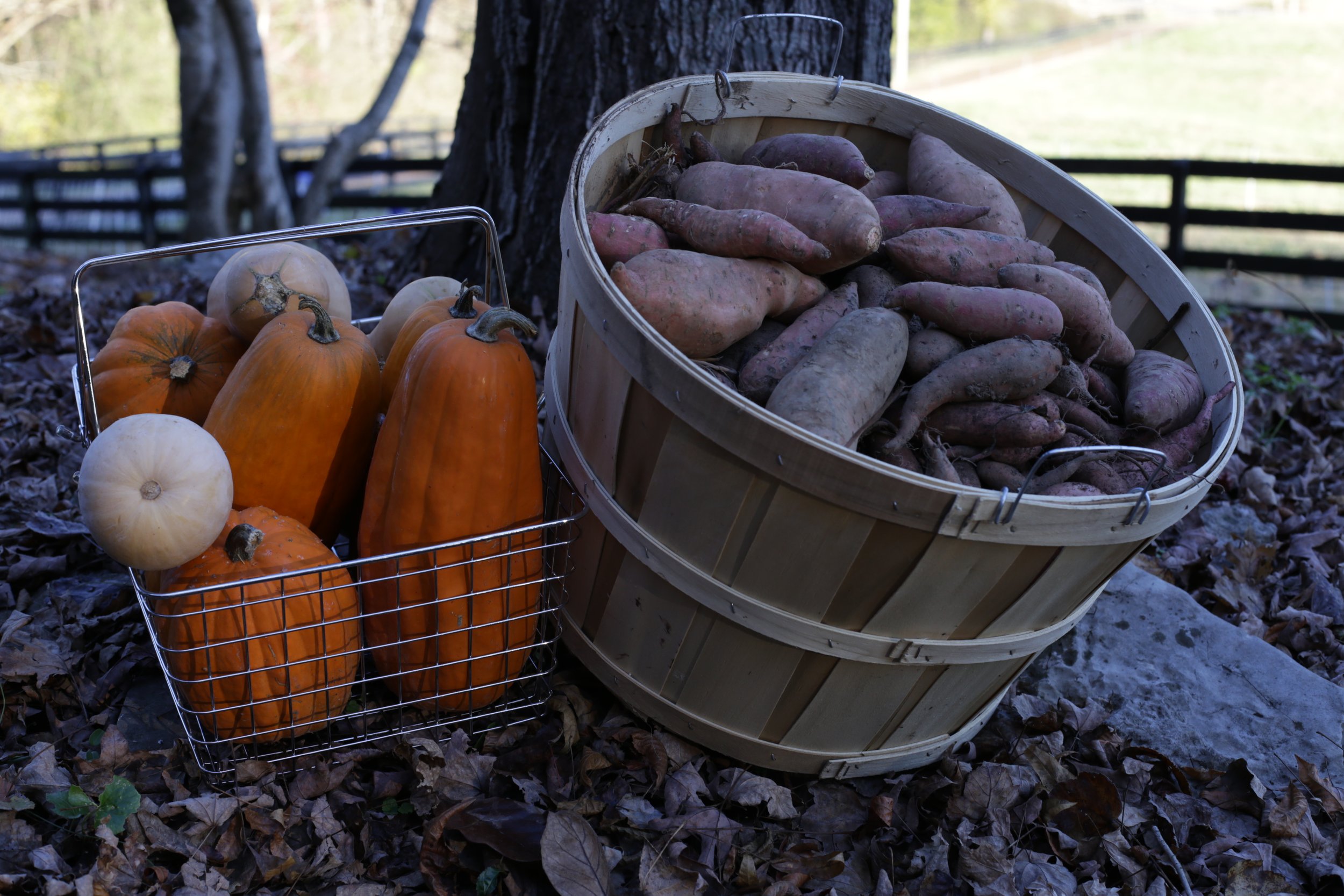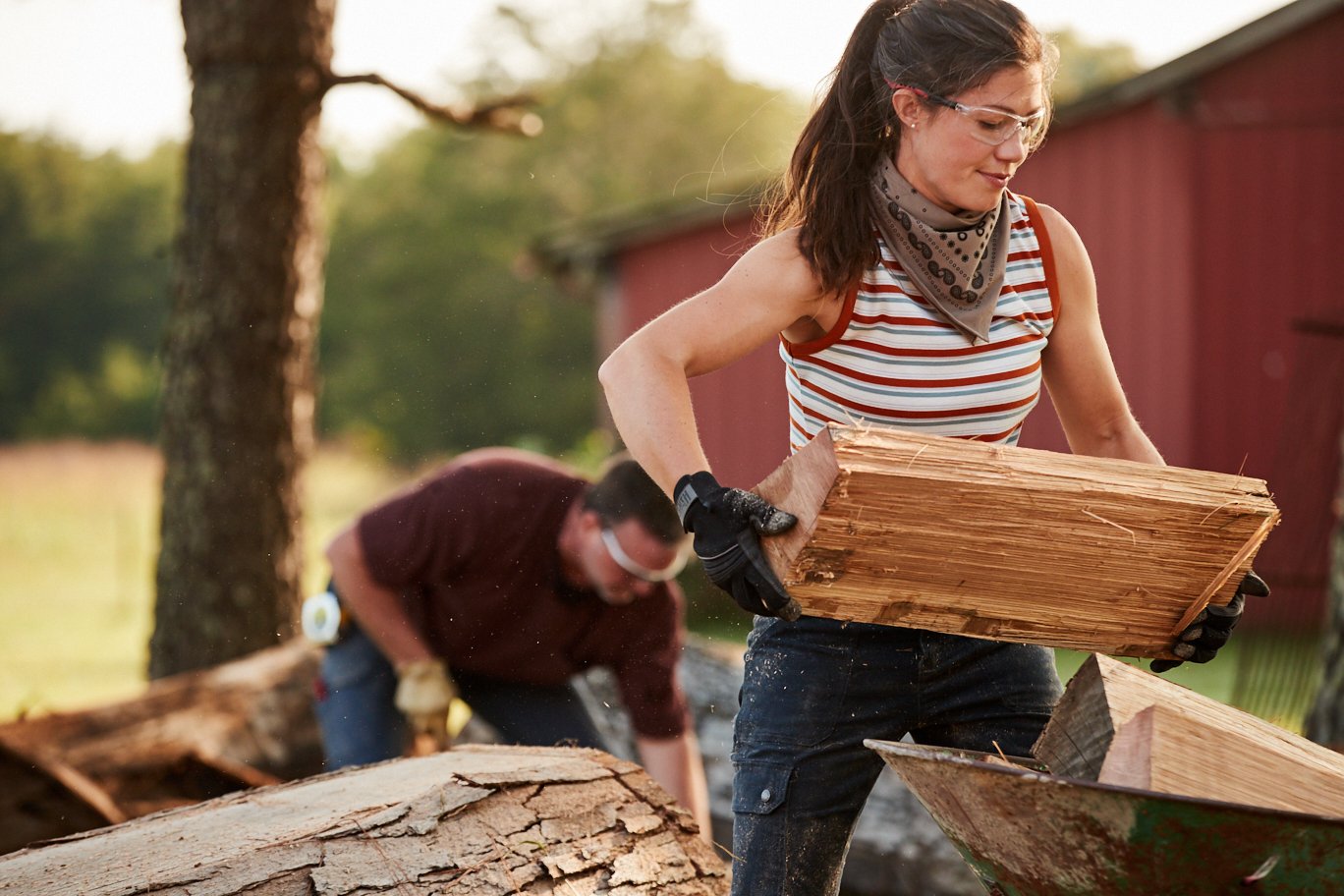A Homesteader's "Must Have's"
Disclaimer: I’m no expert at much of what I share online- I picked up my first tool and planted my first seed just ten years ago- but I’m an avid reader and have made a life habit of diving in with both feet. My journey from total city slicker, working a corporate job, and living on 1/4 acre in Seattle to self-employed dairy farmer in rural Tennessee, in the span of a decade, has brought some valuable lessons, many hard earned and harder learned, and sharing them with you is one of my absolute favorite things to do. This past year, I’ve been working with Lehman’s (also known as the Mecca of hardware stores for homesteaders) to create free educational content about homesteading. There are several items on this list that can’t be found at Lehman’s , but I’ve included product information for the items that can.
As I’ve chronicled so much of the past decade of my life online, the question I’m asked more frequently than any other is
“How do I go from where I am to where you are?”
In all honesty, the real answer is a WHOLE lot more about having the right attitude than the right stuff, but certain tools have really helped me along my way, so, just in time for the holidays, I’ve compiled a list of some of my favorite tools and some tips on how/where to shop.
Here’s a quick look at what we’ll be covering today:
What you need in your kitchen
What you need in your tool shed
What you need in your garden
This is by no means an exhaustive list, but rather, the things I’ve found I most often use that I rarely find when rummaging around in the kitchens, closets, and tool sheds of my city slicker friends.
Homestead related Shopping PRO TIPS:
Understand opportunity cost. Folks constantly on the hunt for “a deal” often end up spending more in the long run replacing cheap substitutes that don’t last or don’t work for their intended purpose. I like to use the 48 hour/10 year inflation rule before buying anything. If I still want it 48 hours later, and if I think about the fact that, in 5 years, the “cost” of spending $50 now, as opposed to putting that money in the bank and accruing interest over 5 years, plus inflation, really means I’m spending $200. If the purchase is still worth it to me, I go for it.
Buy well, once. One of the reasons I have been proud to work with Lehman’s for the past several years is that I know if I buy something there, I’ll have it for life
Buy used, when appropriate. Local garage and estate sales and weekend flea markets are usually great spots for deal hunters. I almost always check eBay before buying anywhere else online. A local resource that has been surprisingly helpful in sourcing some of the pricier items on my own wish list is Facebook Marketplace
Time large purchases around topic-relevant holidays, like tools on Father’s Day and Labor Day or Kitchen Items around the holidays. Black Friday and after holiday sales are also great to keep an eye on.
Always ask about scratch and Dent/display/close out items for discounted prices before paying full price
For the Kitchen
Cast Iron Skillet
If you’re not cooking in a cast iron skillet, are you really even a homesteader? I use my great grandmother’s cast iron pans daily. Though they do need to be seasoned, which can be a daunting process, my friend Melissa has very easy to follow instructions, found here: https://melissaknorris.com/how-to-season-cast-iron-pan-and-dutch-oven/
Cast iron pans aren’t super hard to find at antique stores or garage sales, but you’re not likely to get them much cheaper than what you can buy new ones for. Lehman’s Lodge Skillet is a great place to start at $18.99 for their 10,” 5lb skillet
Water Filter
Growing up in Montana with some of the best tasting, purest well water available, I never gave much thought to “clean” water, but when we moved to Tennessee, not only did the city water taste HORRIBLE, some quick research about water purity (or the disgusting statistics about the lack thereof) in municipal areas made me realize clean water should be one of the first things on a Homesteader’s mind. I drink nearly a gallon of water a day, and if I were going to be putting all this work into growing organic produce and hormone free meat, it would be totally silly to ignore the things I was reading about “acceptable levels” of bacteria and other contamination coming right out of my faucet.
I have a “Big Berkey,” which is recommended for families of 1-4, but having used the “Travel Berkey” in my neighbor’s tiny house quite a bit, I like the fact that it takes up a little less counter space and takes less time to fill, and Adam and I don’t go through enough water to justify the extra cost/space of a larger unit, so if I had it to do again, I’d go for the “Travel Berkey.” These are a fairly hefty up front investment, but the longterm savings, environmental impact and convenience of using a Berkey make it well worth the investment. I frequently see these pop up on Marketplace, but they tend to hold their value pretty well, so buying used over new doesn’t make a ton of sense unless you find a killer deal. Lehman’s carries all sizes of Berkeys as well as the filters and accessories for them. The Travel Berkey retails at Lehman’s for $349
Water Bath Canner
Water bath canning is the simplest and least “scary” form of canning, and is where I recommend any budding homesteader start. It’s especially perfect for smaller batch canning, which is generally the way I prefer to do things- canning a few jars of this or that as I harvest through the season is so much less daunting than trying to mass can an entire harvest at the end of the season. I’ve got a fun, silly video on water bath canning here: https://youtu.be/G4YrLVGQDGU
This isn’t one I’d shop around for- Lehman’s offers an excellent value for the price in their 20 qt Stainless steel canner for $49.99
Marble Rolling Pin
I still have my grandmother’s marble rolling pin and use it almost daily, especially in the winter when I tend to bake a whole lot more frequently. From cinnamon rolls to pie crust to cookies to less obvious uses, like crushing crumbs or crackers for breading and casserole toppings, a good rolling pin is a must-have. The reasons marble has traditionally been such a popular material for rolling pins is that it can be highly polished, which keeps dough particles and bacteria from sticking to and building up on the roller, and the stone mass keeps the rolling pin cool, which also helps keep doughs from sticking to or melting as you’re working them.
This is another item Lehman’s has at a really great price, $21.99
Stainless Steel Baking Sheet Pan
For cookies, bread, drying tomatoes, or making fruit leather, you’re going to need a good durable baking pan (I like to keep a couple on hand, because if the oven is already on, why not be using both shelves?) Get a good pan safe spatula, a roll of parchment paper and a couple squirt sprayers for olive oil and water, and you’ll be pro-level in no time.
Again, this isn’t really something I’d feel the need to shop around for, as Lehman’s has my favorite pan at a very fair price: $22.97
Yogurt and Cheese Cultures
Whether you’ve got your own dairy animals yet or not, if you’ve got a hankering to get them, I’d suggest you start practicing now, when you’ve still got this magical thing called “free time,” and most every waking hour isn’t being spent fixing goat fences and wandering the hillsides looking for your most recently escaped livestock convicts ;). Many cheeses, yogurts and other milk-related projects can be used with regular old grocery store milk.
Stainless Steel Mixing bowls
Definitely my most used kitchen tool (that often gets borrowed for garden, shop and barn projects and sometimes double as food dishes for my animals), having a variety of large, sturdy stainless steel bowls is another must. Whether I’m whipping up a batch of bread dough or tossing a salad for dinner, there are rarely fewer than 3 of these on my counter at any given time. Pro tip: I like a deep rather than a wide bowl for most uses, and nesting (fitting inside one another) is hugely important, especially if you, like me, have limited cupboard space.
I recently ordered a fairly inexpensive set of these bowls from Amazon, and though the variety was great for the price, they have very thin, flexible bottoms and dent very easily. A better option would be to look for these at garage/estate sales or to buy one at a time, And collect a quality set over time. Lehman’s has a few good options, but the ones I’d recommend would be the US made 8 and 13 qt stainless bowls (product codes #69-080, #69-130)
Digital readout thermometer
From cooking meats to making cheese, having a DRO thermometer will help transform you from a meh-cook to a pro in no time.
For the Garden
A broadfork
A real back saver when it comes to loosening heavy clay soil and prepping garden beds for planting. Before I really understood how broadforks worked, I bought one on eBay that was a total waste of money. Lehman’s sent me one of theirs in a prior agreement to review, and I promptly went out and got a second one to have on hand for team planting projects. They are an investment, but well worth it.
At Lehman’s they are $139, which, for what it’s worth, is the cheapest I’ve ever found them, and I absolutely LOVE mine.
Single- Wheeled Wheelbarrow
I like to buy scratch and dent barrows from my local home center. I’ve found it enormously helpful to have several in different common-use spots around the farm, one for the garden, one for the barn, and one for the compost system. Pro-tip: If you drive a sedan, make sure the one you buy is going to fit in your car to get it home
A Planting “dibbler” Check out the video I made showing how to make/use them https://youtu.be/FBxYNBlxZaY
A furrowing Hoe
Expandable hoses
Long hoses that are easy to carry are a must around the homestead. I also love that these self-drain so bursting when freezing isn’t an issue for these either.
Garage sale stockpiles of my most-used hand tools: I have multiple hand trowels, full size shovels and hard rakes everywhere I regularly use them. Because they were cheap, I’ll care for them, but not be too precious about them. I prefer to think of my “workhorse” farm tools as a bit more rugged and disposable, because it’s far more valuable for me to have multiples of all my most-used tools that live in the places I use them most, rather than having to stop what I’m doing to go find my one good shovel or rake. A lot can be said for higher end, higher value tools, but pick those based on what you need and how you actually use them. From a couple weekend garage sales, I was able to stock up on enough tools to litter fiber glass handled shovels, hard rakes, and trowels in the barn, garden, and orchard for less than $100, and they serve me pretty dang well.
For the Tool Shed
At least 2 quality gas cans
Keep one full at all times, you never know when you’re going to need to run out and help a neighbor or top off a tool.
The new plastic gas cans with their “no spill” lids are absolute garbage. I can’t even tell you how many cuss words or diesel have been spilled over the hood of my tractor trying to fill my top-filling tank with the crappy plastic diesel cans I first got when we moved here. I always look for the old metal ones at garage and estate sales.
If you want to buy once, and new is your only option, Lehman’s has some really great ones— but they’re an investment.
An extra propane tank
I always like to keep one on the grill and an extra to take to fill- filling is cheaper than exchanging and, since it’s illegal to transport these across state lines in moving trucks, lots of folks have to get rid of them when they’re moving. Keep an eye on your local “free” classifieds and moving sales for an extra tank.
Heavy Duty Extension Cord
All extension cords were not created equal. Most cheaper extension cords are cheaper because they’ve got thinner conduit in them, and it’s dangerous on several levels to try to run electronics that pull a lot of amperage with those thinner, cheaper cords.
Single- Wheeled Wheelbarrow
I like to buy scratch and dent barrows at a discount from my local home center.
A decent “cheap” splitting axe- these aren’t where we spend the big bucks, a nice wide head will aid in the splitting process, and the propensity to get left out in the elements makes a good case for a fiberglass handle. I wouldn’t spend more than $30 on a splitting axe until I’d actually used an axe for splitting for more than 30 hours. That would make me a far more discerning customer/make the case for a more expensive tool.
A quality hatchet, a sharp sloyd knife, A forest (Silkie) saw (see my blog posts on spoon carving and Sloyd for more on these tools, but as it happens, Lehman’s just started carrying my favorite hatchet.
A few power tools- (see my tool reviews section for more in depth info on these)
An Angle grinder and flap sandpaper discs (80,120,200 grit)
A circular saw
A battery operated drill
A laser level
Assorted zip ties and ratchet straps
A bottle of super glue
A box cutter knife (I buy these by the 20 pack and scatter them all over the farm, you can never have too many knives in all the places you use them.
At least 3 squeeze clamps
Working alone, it’s always great to have an extra “hand,” but far more importantly, proper work holding, especially when cutting/drilling/shaping wood with power tools, is a whole lot safer with your work secured to your work surface.
With the holidays approaching, I’d be remiss if I didn’t include a gift ideas list for the favorite homesteader in your life. As it happens, Lehman’s has the recipe for a perfect homesteader’s Christmas. As I was thumbing through their holiday leaflet, I was reminded of a few items on my own wish list. Homesteaders tend to be a pretty frugal bunch. We aren’t very good at treating ourselves, so here are a few “luxury” items I’d be really excited to unwrap on Christmas morning.
Heat powered magnetic stove fans- these little fans are one of the coolest things I’ve come across in the past few years. With no batteries or electricity required to run them, they start spinning as the heat from the stove generates enough energy to spin the blades. Though they are tiny, they move a TON of air. And, because heat rises, moving the warm air from the stove across the room as it rises above the stovetop adds an amazing amount of efficiency to your woodstove’s ability to heat a space. If you’re heating your home with a wood stove, this is a must-have.
Since so many homesteaders heat with wood, this is one of my favorite gifts to give: I have purchased one of these for every wood stove I’ve ever owned. Find it at Lehman’s for $129.00
My longtime obsession with colonial era tools, cooking and preserving methods, kitchenware and decor has led me to an obsession with stoneware. I look for it at every antique, garage, and estate sale, but it’s often chipped, missing components, or exorbitantly priced, so I was pretty delighted to find out it was still being made today and was available for sale through Lehman’s. Find their stoneware collection here: https://www.lehmans.com/search?w=stoneware (PS I am especially obsessed with kraut and pickling crocks).
Almost 10 years ago, I read a book called “The Urban Farm Handbook” by Annette Cantrell. Within a week, I’d dug up my back yard to turn it into a garden, had found a small hand cranked grinder on eBay, and was picking out my first chicks at the feed store. It was all downhill from there. I quickly realized the tiny grinder was far too inefficient to use on a regular basis, so I got an electric mill, but frankly, using the electric mill has never made me feel quite like the pioneer the hand cranked mill did. I can’t really imagine anyone (maybe Adam, are you reading this, babe?) getting me a $1,000 gift, but I’ve had my eye on the hand cranked grain grinder Lehman’s sells for about 5 years now.
Final Words on Tools and Mindset as you jump in:
The more in depth, accurate answer to the question “How do I go from where i am to where you are” is to start where you’re at now, and to take daily, intentional steps toward the lifestyle you ultimately want, based on your deepest held values and what makes the most sense for the stage of life you’re currently at- your age, location, financial situation, family status, propensity for risk, and an honest assessment of just how much you’re willing to sacrifice and how hard you’re willing to work, and for how long.
Don’t compare where you’re starting to someone else’s middle. My journey towards more self-sufficiency hasn’t saved me money and hasn’t made life “easier.” In a lot of ways, I’ve had to learn to work much harder and have far less “freedom,” at least from an outside perspective, than I had when I lived in the city and worked a corporate job.
After these basics are covered, your tool list will grow exponentially depending on what your goals for homesteading, on your location, on what kinds of tasks you will be tackling every day, whether or not you have or plan to get livestock, which kind(s) of livestock, where your homestead is located, what the landscape of your homestead is like, what climate you’re in, how much land you’re planning to utilize, for what… on and on. But I really hope this article helped you get off on a good foot.
What do you want me to help you learn next? Leave your suggestions for next articles in the comments below.
Cheers!
Anne




